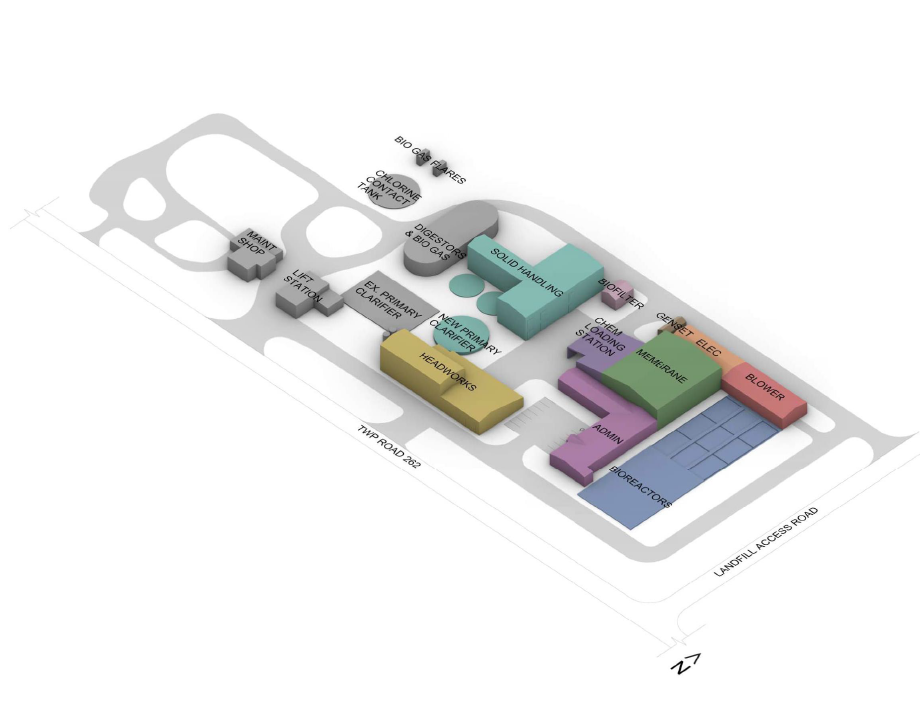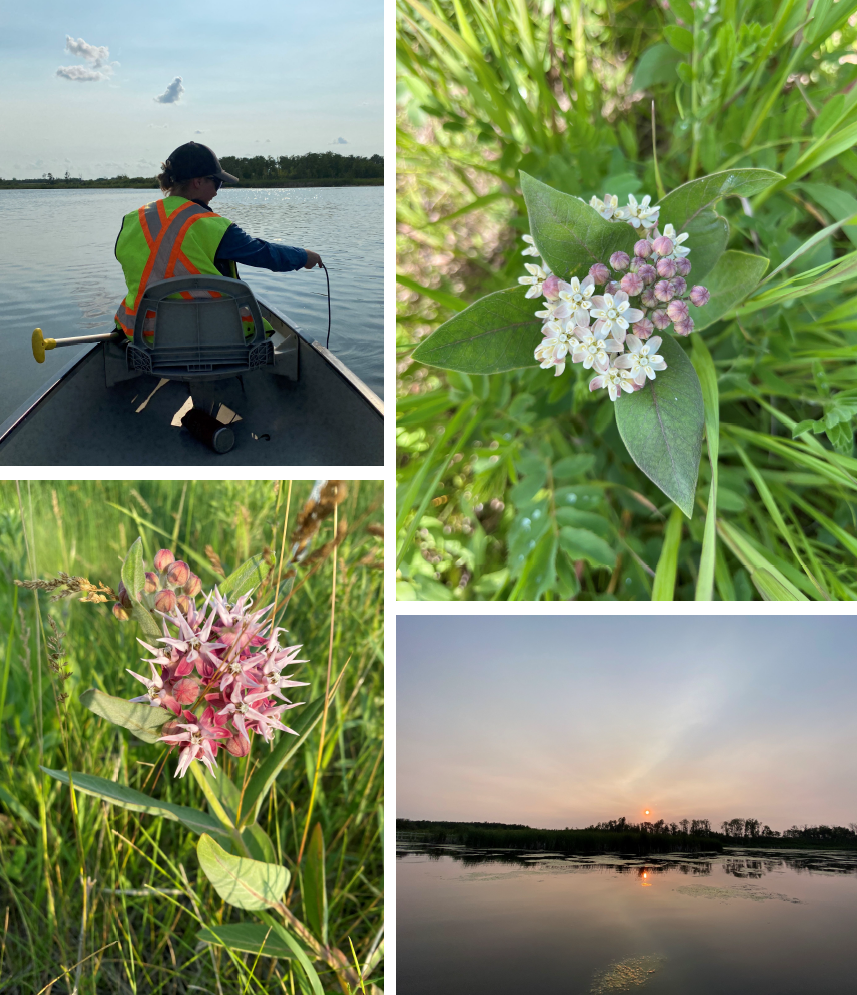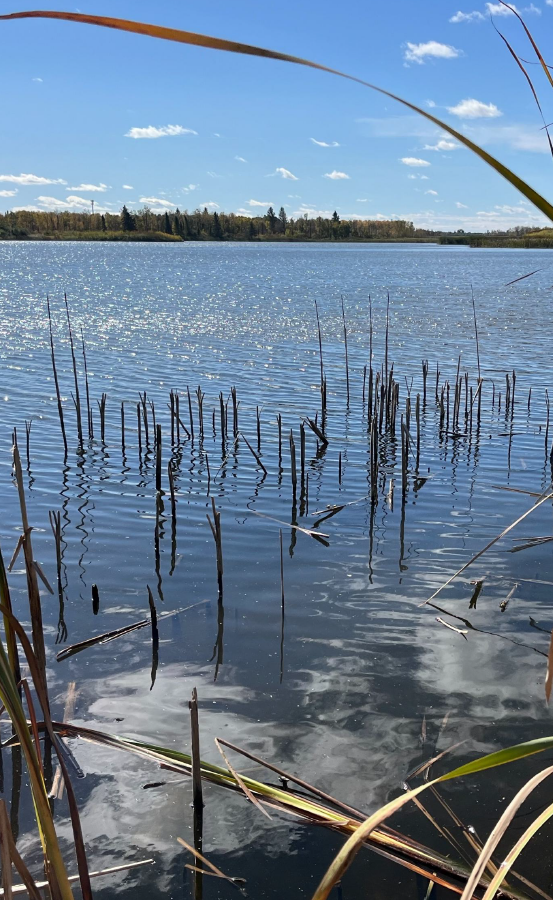Baseline Environmental Studies Complete
Proposed Wastewater Treatment Plant

- Designed to meet current and future water needs and provides opportunities for economic development
- Designed to meet current and future Provincial water quality requirements
- Can be built with no interruption to users or operations
- The design is currently progressing and is 30% complete.
Environmental Assessments

- Examine both potential and likely adverse (negative), and positive effects any project may have on the biophysical (water, vegetation, wildlife, air, soil etc.), social, or cultural environments.
- Through this process project teams eliminate or reduce adverse project effects and support positive effects for valued environmental components.
Alternatives Analysis
- The Project Team evaluated multiple alternatives to the Project.
- Alternatives were evaluated based on design feasibility, capacity and function of the various engineering designs, value added for the community and local industry, reliability, potential effects on the environment, and costs.
Preliminary Valued Environmental Components

What is a Valued Environmental Component in an Environmental Assessment?
- Valued components refer to elements of the human and natural environment that are important to participants in an impact assessment process.
- Valued components are identified by regulators, the public, the proponents, and by Indigenous Communities.
- They may have scientific, biological, social, cultural, economic, historical, archaeological or aesthetic importance, and may be intricately related to community health and well-being.
Valued Components
A preliminary list of Valued Components has been developed based on desktop studies, field studies, current project design parameters, engagement with provincial and federal regulators, and early engagement with the public, and professional experience.
The following Valued Components that will be evaluated within the Environmental Assessment include:
- Groundwater Quantity and Quality
- Surface Water Quantity and Quality
- Plant Species of Conservation Concern (Rare Plants)
- Wetland Function and Value
- Wildlife Species of Conservation Concern and their habitats
- Fish and Fish Habitat
- Human Health
The Environmental Assessment will determine if the Project will result in Significant Adverse Effects to these Valued Components after the application of project mitigation measures.
Preliminary Findings
- Based on preliminary studies, local aquifers may be capable of recharge using recycled water, while maintaining water quantity and quality, using existing industry proven technology.
- Additional modelling is being conducted, and a proposed pilot study working with Water Security Agency, will verify this proof of concept.
- A Heritage Resource Impact Assessment was conducted for the preferred project footprint. The project team did not discover heritage resources; however, we are waiting on final recommendations from the Heritage Conservation Branch for required mitigation measures.
- Some Species of Conservation Concern were identified in the potential Project footprint along with their habitats, including:
- Upland White Goldenrod (Solidago ptarmicoides)
- Small Yellow Lady's Slipper (Cypripedium parviflorum var. makasin)
- Common Nighthawk (Chordeiles minor)
- Barn Swallow (Hirundo rustica)
- Bobolink (Dolichonyx oryzivorus)
- Great Blue Heron (Ardea herodias) - Rookery
- Adverse effects on these Species will be mitigated using industry standard mitigation measures
Note: These are preliminary findings. Results will be published in the forthcoming Environmental Impact Statement.
Where are we and what’s next?
- Baseline field studies have been completed
- Further engagement with the public, regulators, and indigenous communities
- Formalization of mitigation measures designed to reduce or remove adverse effects on environmental components, focussing on Valued Components
- Completion of the Environmental Impact Statement which evaluates significance of Project effects on the Valued Components, including cumulative effects assessment
- Review by regulators and the public
- Anticipated Project approval for this important infrastructure project
Next Steps
- Review public feedback received
- Complete aquifer modeling
- Meet with local regulators
- Continue with preliminary design
We want to hear from you!
If you have any questions or comments about the wastewater treatment plant renewal project, please contact us or submit your comments.

Thank you for your contribution!
Help us reach out to more people in the community
Share this with family and friends